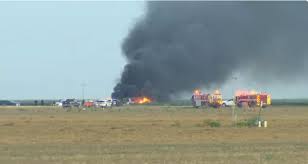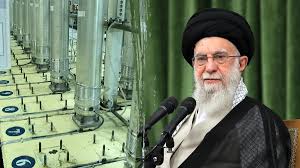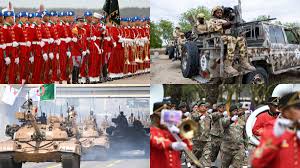A US Navy F-35C fighter jet crashed on Wednesday evening near Naval Air Station Lemoore in central California. The pilot ejected safely and was assisted at the scene by emergency crews.
According to a statement from the US Navy, the crash occurred around 6:30 p.m. in an open farmland area about 40 miles southwest of Fresno. The cause of the crash is under investigation.
Footage from local broadcaster KFSN showed large plumes of black smoke and flames rising from the crash site. Emergency medical teams responded immediately, and Cal Fire was also on the scene to manage the blaze.
The aircraft belonged to Strike Fighter Squadron VFA-125, known as the “Rough Raiders”, a Fleet Replacement Squadron that trains Navy pilots and aircrew. The jet was an F-35C, the carrier-based version of the advanced F-35 Lightning II fighter jet.
There are three versions of the F-35, F-35A – operated by the US Air Force, F-35B – used by the US Marine Corps, capable of vertical landing and F-35C – built for aircraft carriers, used by the US Navy.
The crashed F-35C is estimated to cost around $100 million. This marks the second F-35 crash in 2025. In January, a US Air Force F-35A crashed during a training flight in Alaska—the pilot in that incident also survived.
The F-35 is considered a fifth-generation stealth fighter jet, praised for its cutting-edge technology and combat capabilities. Built by Lockheed Martin, the jet is used by over 17 countries as part of a global defense partnership.
Despite its reputation, the F-35 program has faced criticism for high maintenance costs and technical issues, raising questions about long-term sustainability and combat readiness.
The Navy says a full investigation is underway to determine what caused the crash. Meanwhile, military officials are reviewing safety protocols and training procedures for pilots using this aircraft.
The incident adds to ongoing discussions in Congress and the Pentagon about the future of the F-35 program, which remains one of the most expensive and ambitious defense projects in US history.



